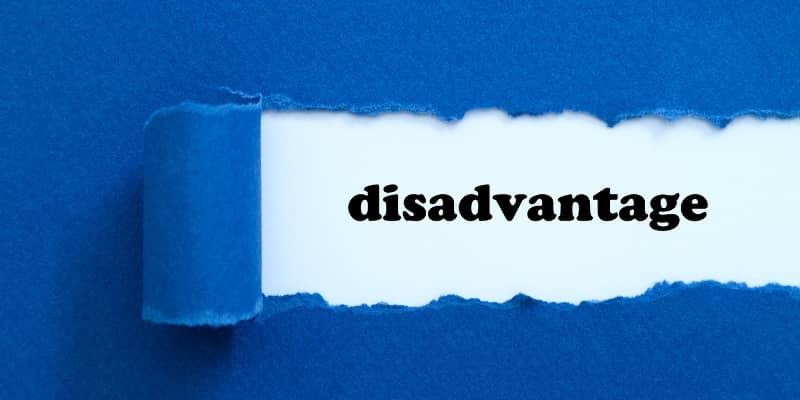While living trusts offer numerous advantages in estate planning, it’s essential to approach them with a balanced perspective. Like any legal tool, living trusts come with their own set of disadvantages. This comprehensive guide will delve into these drawbacks to provide a nuanced understanding of the potential downsides associated with living trusts.
1. Cost of Establishment:
One of the primary disadvantages of living trusts is the upfront cost of establishment. Creating a living trust can be more expensive than a simple will due to legal fees and the complexities involved in drafting the trust document. This initial financial investment may deter individuals with smaller estates from opting for a living trust.
2. Complexity of Set-Up:
Creating a living trust requires careful consideration of various factors, including asset valuation, funding the trust, and selecting a successor trustee. The complexity of these tasks may be overwhelming for individuals with legal expertise. While working with an experienced estate planning attorney can mitigate this complexity, the process remains more intricate than drafting a traditional will.
3. Ongoing Maintenance:
Unlike a will, which often requires minimal maintenance after creation, living trusts demand ongoing attention. Assets must be continually added or removed from the trust, particularly as financial circumstances change. This ongoing maintenance may be burdensome for those who prefer a more straightforward and hands-off approach to estate planning.
4. Limited Creditor Protection:
While living trusts can provide some privacy, they offer limited protection against creditors. If the grantor encounters financial difficulties or legal claims, assets held within a living trust may remain vulnerable to creditors. This limitation contrasts with certain other estate planning tools that may offer more robust creditor protection.
5. No Tax Advantages for Small Estates:
Establishing a living trust may offer little tax advantages for individuals with smaller estates below the fed estatlittletion threshold. The expenses associated with creating and maintaining the trust outweigh the potential benefits for those with more modest estates.
6. Difficulty in Transferring Certain Assets:
While many assets can be seamlessly transferred into a living trust, certain assets may pose challenges. Transferring real estate, for instance, requires a formal deed transfer, which may involve additional legal processes. This difficulty can be a drawback for individuals with diverse or complex asset portfolios.
7. Public Misconceptions and Scams:
Living trusts have become associated with various scams and fraudulent schemes, often promoted through aggressive marketing tactics. Some unscrupulous individuals prey on the fear of probate, convincing unsuspecting individuals to establish living trusts without fully understanding the implications. This public misconception can contribute to misunderstandings and potentially lead to unnecessary expenses.
8. Limited Flexibility After Creation:
While living trusts offer flexibility during the grantor’s lifetime, they become irrevocable upon the grantor’s death. This lack of flexibility may be a disadvantage if beneficiaries’ circumstances change or the grantor wishes to adjust the trust’s terms after passing.
Conclusion:
While living trusts provide a robust estate planning solution for many, it’s crucial to recognize and understand the associated disadvantages. The decision to establish a living trust should be made after carefully considering individual financial circumstances, preferences, and long-term goals. Consulting with an experienced estate planning attorney can help navigate the complexities of living trusts and ensure that individuals make informed decisions aligned with their unique needs. As with any legal instrument, weighing the pros and cons is key to developing a comprehensive estate plan that addresses specific concerns and priorities.







